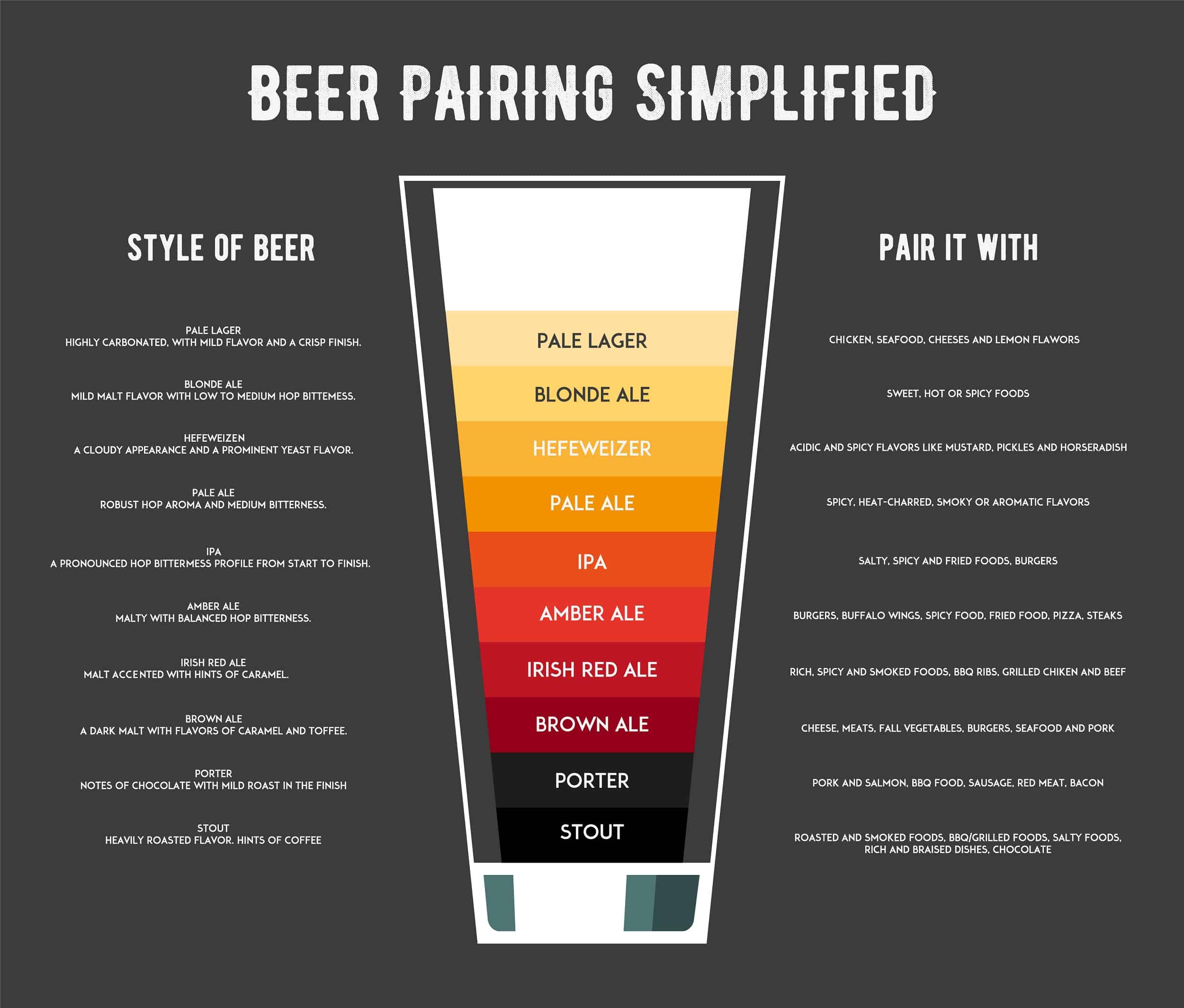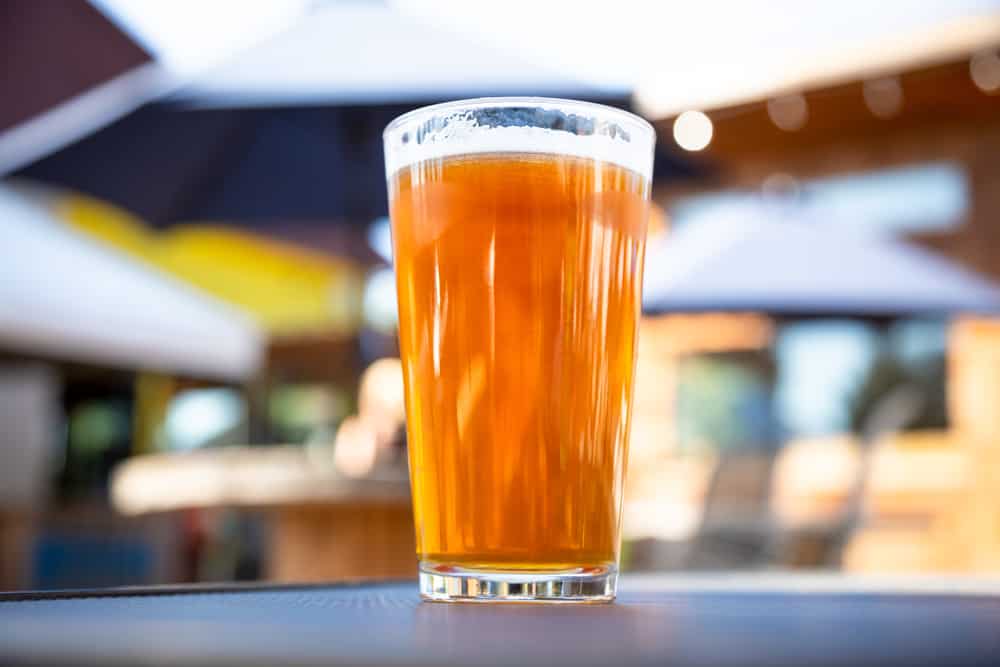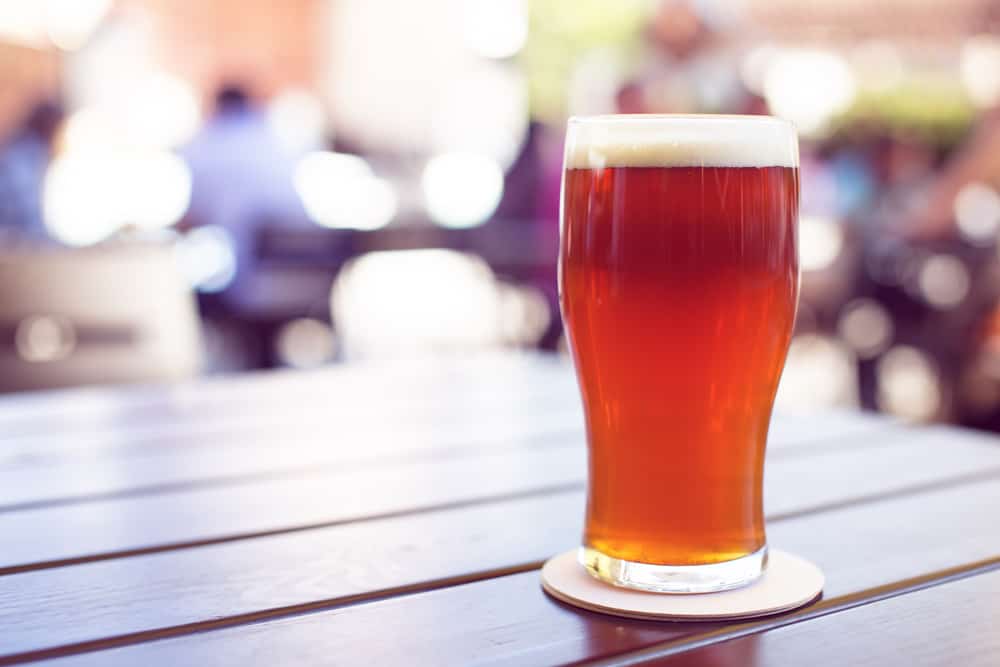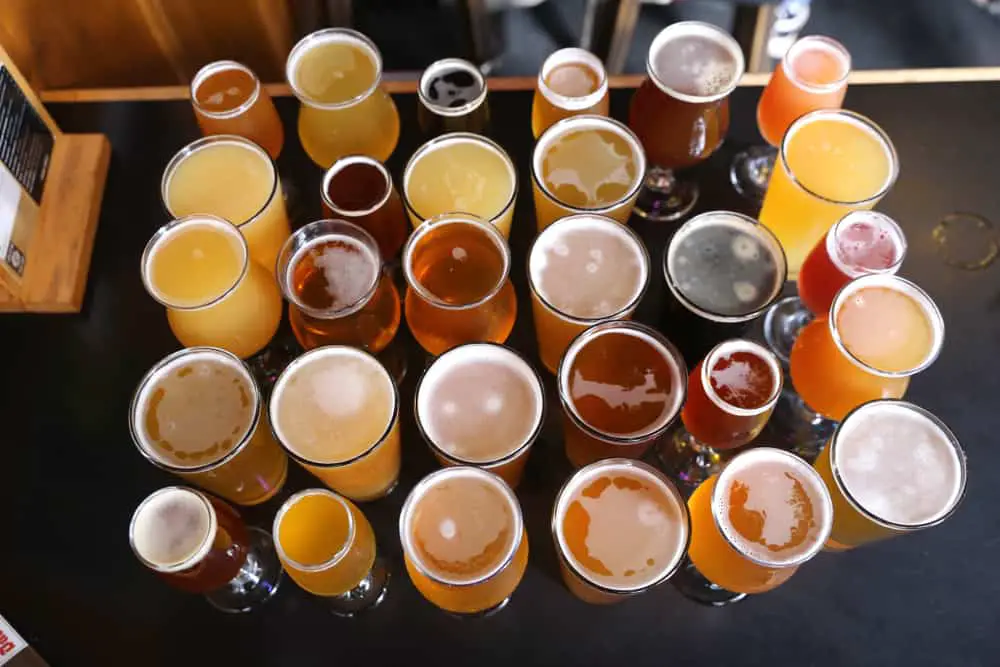
In recent years, with the explosion of the craft beer movement, suddenly we are hearing all kinds of terms that we might have been unfamiliar with before. This is a good thing because the limited assortment of tasteless and characterless beers we were once used to has been replaced by a wealth of interesting and complex beverages for us to try.
However, if you want to understand more about the beers you are drinking, as a novice beer connoisseur, this means you have a whole new vocabulary to learn. To help, in this post, we introduce two common beer terms you are likely to come across as we explain pale ale vs IPA.
For a preview of some of the stuff we’re going to be talking about, you can also check out this video before reading on.
How is beer made?
Before we talk about pale ale and IPA, it may help if we take a step back and remind ourselves how beer is made in the first place.
The art of brewing beer can be intricate and complicated, and there is almost limitless scope for experimentation – which is at the heart of the craft beer movement – but in the most basic terms, it is relatively simple to understand.
In essence, beer is brewed by using yeast to ferment starch sugars from cereal grains.
The most common source of starch sugars is malted barley, although other grains can also be used.
First, crushed malt is mixed with hot water to convert the starch to sugars, and the resulting liquid is known as wort.
Next, the wort is boiled to evaporate off the water and to kill any remaining enzymes, and hops are usually also added. Hops serve the dual purpose of acting as a preservative while also counterbalancing the sweetness of the wort with their natural bitterness.
After this, the wort is cooled and the yeast is added to ferment the wort, turning it into beer.
So what is pale ale?

What we’ve just described above is a simplified overview of the brewing process, and many possible variations are possible, providing us with an almost bewildering array of possible styles.
But what exactly is pale ale? And how do you make it?
Pale ales have existed for centuries and were brewed at least as far back as the 17th century.
Back then, beers were usually brewed with darker malts, resulting in a dark colored beer, but from around the middle of the 17th century, people began dry-roasting malt with coke (a type of processed coal, not a sugary soft drink!), and this lighter malt produced a lighter colored beer.
It appears that by around the beginning of the 18th century, people had started referring to these beers as “pale ales”, and the first known advertisement using this term was published in the Calcutta Gazette of 1784, offering “light and excellent” pale ales.
The pale ales of the day contained more hops than other popular beers, which gave rise to another popular term, “bitter”, that was also used to describe this style of beer.
Pale ales have remained more or less popular ever since, “pale ale” is a term that can now be applied to a wide range of related but varying styles.
However, what pale ales all have in common is that they are generally made with pale malts and are usually brewed with top-fermenting yeasts.
How about IPA?

One extremely fashionable member of the pale ale tribe is IPA – or India Pale Ale.
IPA has its own long and interesting history, but the short version is that it was a type of well-hopped pale ale that became popular with traders plying the route between England and India from around the mid-19th century.
Since, as we have already seen, hops is a natural preservative, these beers were especially suited for the arduous sea journey that could take between four and six months.
It is unlikely that these beers were specially formulated for export to India. However, the six-month voyage by ship was found to actually improve the quality of the beer, and as a result, it became much sought-after in the British Empire’s most prized colony.
This style of beer subsequently became known as India Pale Ale and quickly gained favor not only in India but also in other parts of the British Empire – as well as in England itself.
What is IPA today?
IPA remained popular until the First World War, but after that, it gradually fell out of favor as continental-style lagers increased in popularity.
However, from around the 1970s with the incipient craft beer movement, brewers and drinkers on both sides of the Atlantic began to take notice of this half-forgotten beer once again.
On the East Coast of the US in particular, where brewers were becoming interested in reviving and experimenting with beer styles that had gone out of fashion, IPA became a particular favorite.
Rather than using traditional European hops, they began incorporating American hops varieties into the brewing process, creating IPAs with fresh and exciting new flavor profiles.
IPA is now inarguably the darling of the craft beer community, and the two most recognizable styles in the US are East Coast IPA, a crisp, citrus beer, and New England IPA, an unfiltered beer characterized by its cloudy appearance.
On the other side of The Pond, in the UK, Brewdog’s Punk IPA has established itself as the most popular craft-style beer in the country.
Are there any other types of pale ale to look out for?

As we have seen, a “pale ale” is a broad term that can be applied to a range of beers, and IPA is just one example. So are there any others that are worth looking out for?
In short, yes, there are plenty of others. Here are a few of the most interesting ones to look out for.
Blonde
A style of beer that is especially popular in France and Belgium, they are characterized by a light color and a crisp taste with a light bitter hoppiness. Some of the most famous examples from Belgium include Duvel, Leffe and Grimbergen.
The usual alcohol content of blondes is around 5% – although at 8.5%, Duvel is a much stronger example.
English bitter
When pale ale first appeared in England, the terms “pale ale” and “bitter” were used interchangeably to distinguish the style from other beers like porters and milds.
With time, brewers began using the term “bitter” exclusively for cask beers while “pale ale” was reserved for those in bottles.
In the UK, these beers are commonly found in traditional pubs where they are “pulled” from a cask. They are usually served at close to room temperature rather than chilled like lagers.
Burton Pale Ale
Burton upon Trent, a town in the north of England, is blessed with a water source that is particularly suited to the brewing of pale ales due to its high gypsum content.
Burton was a center for the brewing of pale ales – as well as IPAs for export to India and elsewhere – until a way was discovered to replicate the water conditions chemically in the 19th century.
Even after brewers began to refer to pale ales in casks as “bitter”, pale ale from Burton continued to be known as Burton Pale Ale.
American Pale Ale
American Pale Ale first appeared in the 1980s as part of the craft beer movement when American brewers began to experiment with local ingredients such as local varieties of hops.
There is some crossover between an American IPA and an American Pale Ale, but the distinction is in the amount of hoppiness in the flavor. A more heavily hopped beer will usually be called an IPA while one that is less aggressively hopped with American hops may be termed an American Pale Ale.
However, there is no strict delineation between the two, and often, the brewery will decide to call it whatever it chooses. For example, Sierra Nevada Pale Ale is considered an American Pale Ale although it could quite easily be classified as an IPA – simply because that’s what the Sierra Nevada Brewing Co. decided to call it!
Bière de garde
This is a type of beer that was originally developed in the Nord-Pas-De-Calais region of France. They were brewed during winter and spring because the summer weather could cause unpredictable problems with the yeast, making brewing during that period unreliable.
These beers were intended to be stored in a cellar until they were needed, and traditionally, the bottles were stopped with corks. They are characterized by a golden color and a smooth, slightly bitter flavor.
Many styles of beers to try
In sum, IPAs are just one type of pale ale, of which many others also exist. Pale ales have been with us for centuries, and the term now covers a huge range of styles, making it difficult to generalize beyond saying that they are usually top-fermented and brewed with lighter malts.
Thanks to the innovation that has accompanied the craft beer movement, the term IPA now also covers a diverse selection of beers with varying levels of alcohol content and a range of flavor profiles. However, very broadly speaking, an IPA is a generously-hopped style of pale ale that has become one of the most popular types of beer among craft beer enthusiasts.